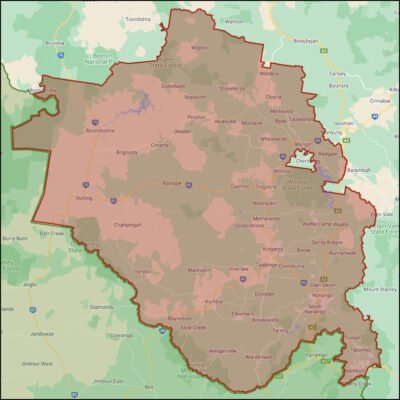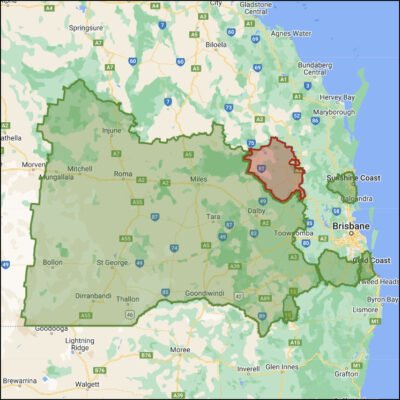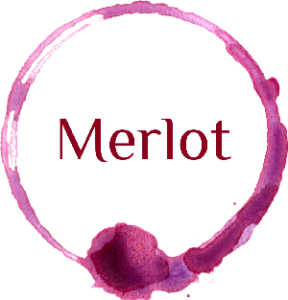The South Burnett wine region is one of only two GI regions in Queensland, the other being Granite Belt, and is the most northern official wine-growing region in Australia.
The region is bordered by the Great Dividing Range and centred around the town of Kingaroy, which is about a three-hour drive northwest of Brisbane. Vineyards stretch from Goomeri in the north, through the Murgon region to the Bunya Mountains, Kingaroy and south to Nanango. The vineyards share the area with olive groves, timber plantations and orchards.
Vines were first planted in the area by early German settlers in the early 1900s. Still, it wasn’t until 1992, when the first modern-day commercial vineyards were planted on the Booie range near Kingaroy and at Moffatdale near Murgon, that the modern history of wine-making began.
The first commercial crush was a small one-tonne parcel of Cabernet Sauvignon produced at Crane Wines, just outside Kingaroy. Expectations for the region were so great that investment dollars flowed into the region, and in 1995 Queensland’s largest vineyard was planted at Moffatdale, and the industry boomed.
In December 2000, the region was registered as the first official wine region in Queensland.
The regional climate is classed as sub-tropical, and droughts have plagued the area in recent years. The region ranks as one of the world’s hottest viticultural areas.
In the early years, South Burnett saw plantings of traditional varieties such as Shiraz, Chardonnay, Cabernet Sauvignon and Semillon. By 2009, winemakers were taking advantage of the region’s climatic similarities with the Mediterranean, and varieties such as Alberino, Sangiovese and Fiano started to appear. Verdelho became the clear stand-out new varietal, and the region is home to many prestigious trophies and awards.
Wineries in South Burnett
Click here to find out more about the wineries in this region and to search for specific criteria.
Top Stats
Harvest
Jan to March
Mean Jan temperature
23.6°C
Area of Vine
204 hectares
Altitude
169 – 1141m
Growing season rainfall
527mm
Principal Varietals
The region produces a fairly even split of 55/45% red to white varietals. Shiraz, Merlot and Cabernet Sauvignon are the 3 major red varieties and Verdelho, Viognier and Semillon are the white. The Reds tend to be light to medium-bodied with soft tannins. The whites are soft with clear varietal character.
Notable Varietals
White Mediterranean varieties such as Vermentino, Fiano and, to a lesser extent, Pinot Grigio and Arneis are beginning to make an appearance in the region.
Tempranillo, Sangiovese, Saperavi and Nebbiolo are also taking root and are way past the experimental stage. These new varieties have made a firm foothold in the region, perhaps even surpassing the traditional varieties of Shiraz, Merlot and Cabernet in terms of vineyard area and popularity, and new varieties are still being planted.
Source www.wineaustralia.com | Photo Credit









